Brief History of Aviation: Aviation, the design and operation of flying vehicles, has been a dream of mankind for centuries. From early myths and legends of humans taking to the skies to today’s sophisticated commercial airlines, the history of aviation is a testament to human ingenuity and perseverance. Here, we will delve into the key moments and developments that have shaped the course of aviation history.
Brief History of Aviation

1. Early Dreamers and Inventors:
Long before the first controlled flight, people were fascinated by the idea of flying. Ancient cultures are rife with myths and legends about gods, heroes, and creatures that could fly. The Greek legend of Daedalus and Icarus is perhaps the most well-known. Daedalus constructed wings made of feathers and wax, but Icarus, ignoring his father’s warnings, flew too close to the sun, causing the wax to melt and him to fall to his death.
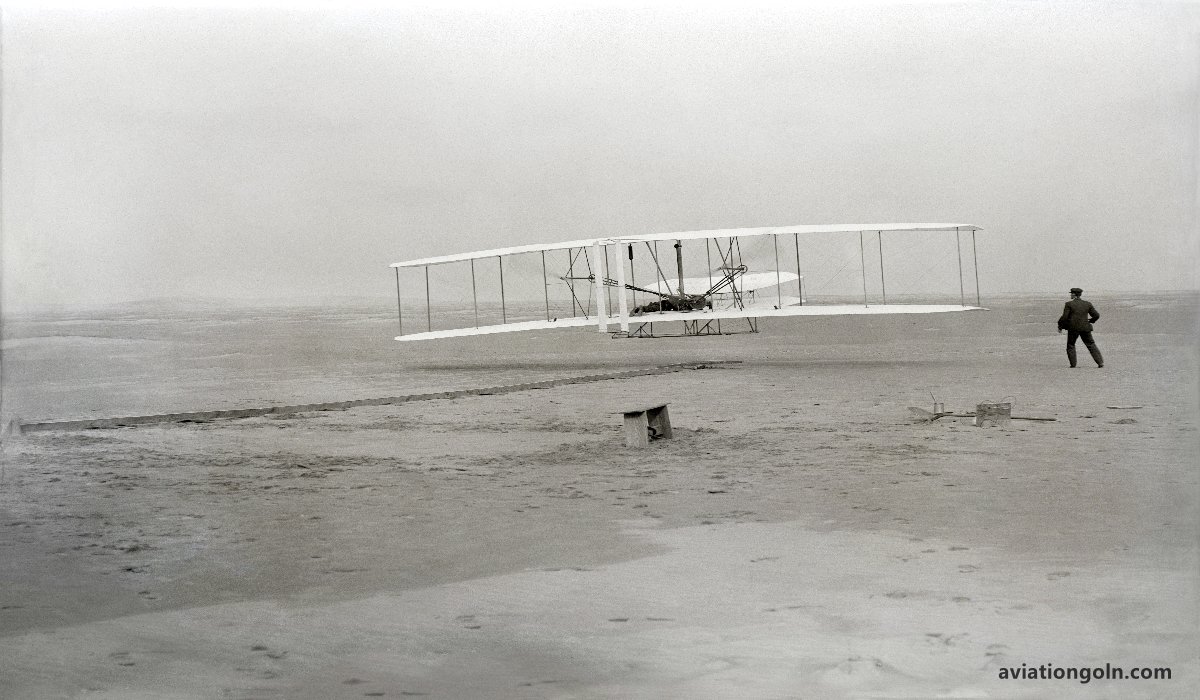
2. The Renaissance to the 18th Century:
By the time of the Renaissance, scientific thought began to take precedence over mere myth. The polymath Leonardo da Vinci sketched designs for flying machines in the late 15th century. His designs, including the ornithopter, were based on the flight of birds. While none of his inventions took to the skies during his lifetime, they showcased the growing interest and research into the principles of flight.
In the 18th century, the Montgolfier brothers, Joseph-Michel and Jacques-Étienne, successfully launched the first manned hot-air balloon in France in 1783. These balloons became popular across Europe and marked the beginning of humans traveling through the air.
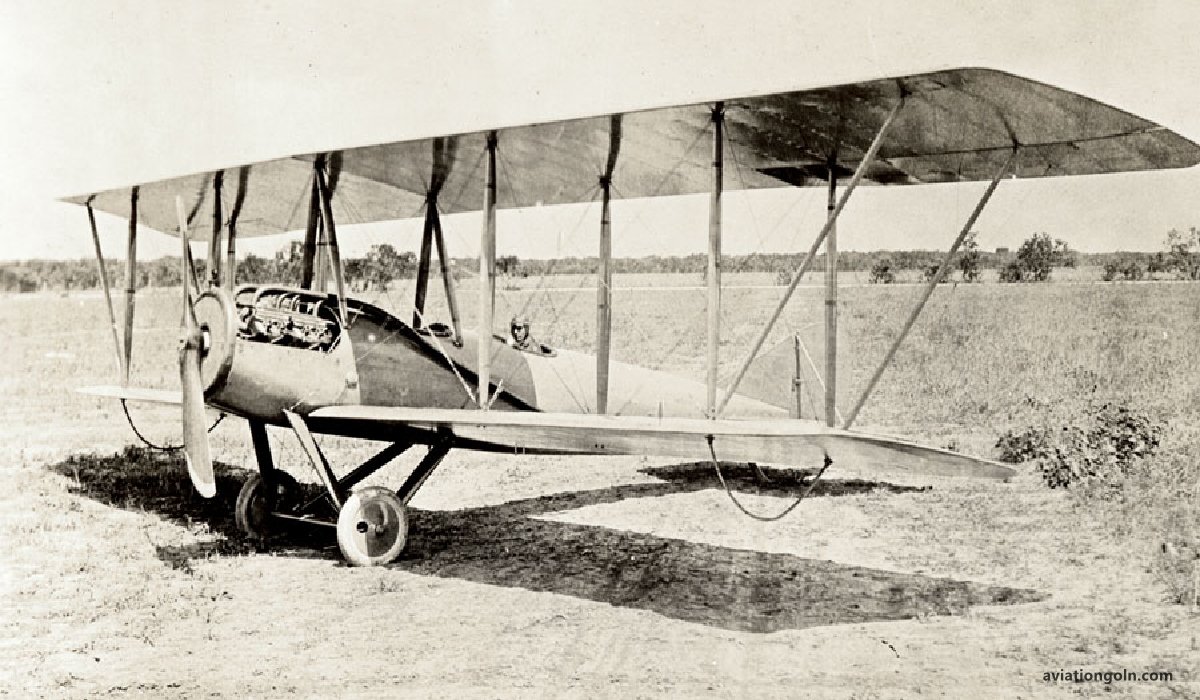
3. The 19th Century: Foundations and Experiments
The 19th century saw multiple inventors and tinkerers experiment with various flying machines. Sir George Cayley, often called the “Father of Aviation”, created the first glider capable of carrying a human. He also established many principles of aerodynamics.
Advancements in engine technology paved the way for powered flight. In 1891, Otto Lilienthal, a German aviation pioneer, was the first person to make controlled, sustained flights with a glider. Though he died in a gliding accident, his work greatly influenced the Wright brothers.
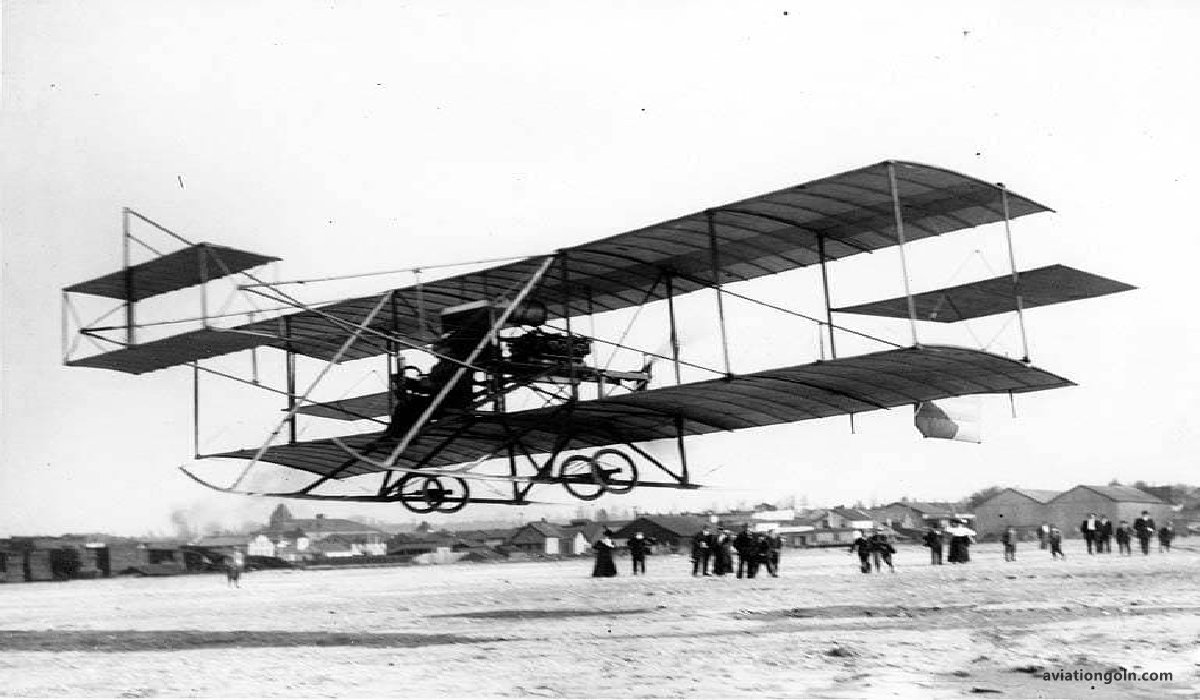
4. The Wright Brothers and the Dawn of Powered Flight:
Orville and Wilbur Wright, two American brothers, are credited with inventing, building, and flying the world’s first successful motor-operated airplane. After years of experimentation and research, on December 17, 1903, they made their first powered flight in Kitty Hawk, North Carolina. Though the flight lasted just 12 seconds, it changed the course of history.

5. World War I and Military Aviation:
The First World War saw the first significant use of aircraft in combat. Initially used for reconnaissance, planes quickly evolved into fighters and bombers. The technology progressed rapidly. The conflict spurred innovations in aircraft design, engine performance, and weaponry. The first dogfights occurred in the skies, leading to the need for more agile and faster aircraft.
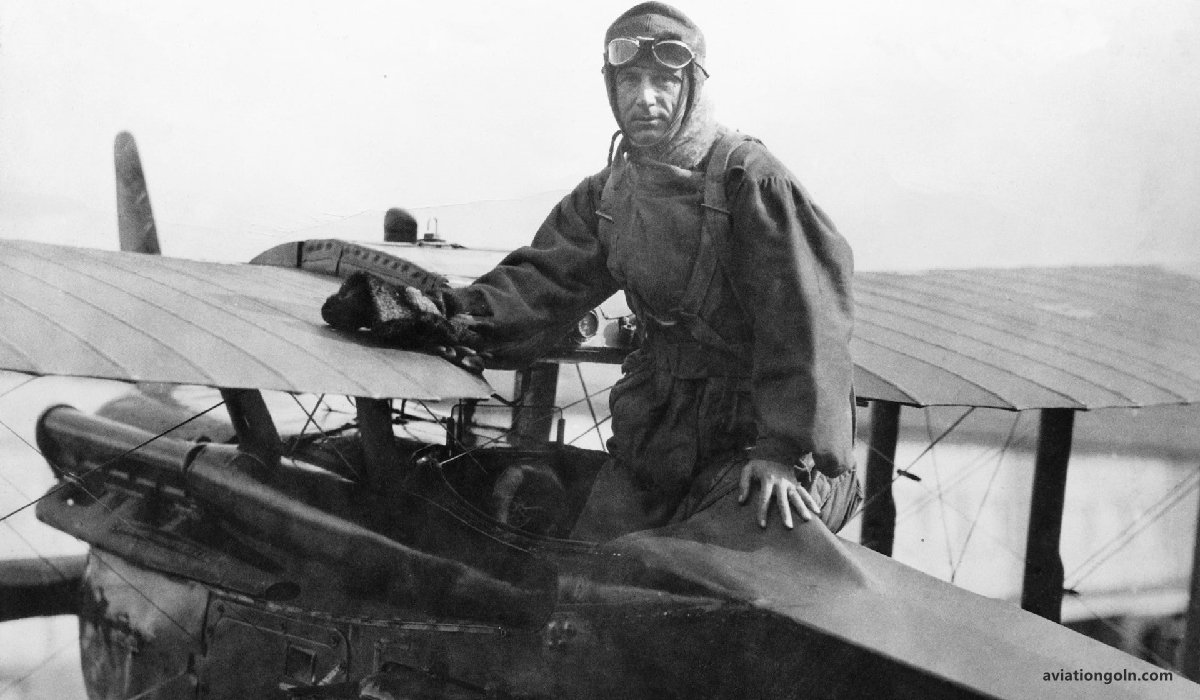
6. The Golden Age of Aviation (1920s-1930s):
After WWI, the aviation industry expanded. The 1920s and 1930s, known as the “Golden Age of Aviation”, witnessed numerous milestones. Charles Lindbergh made the first solo nonstop transatlantic flight in 1927. Amelia Earhart became a symbol of the possibilities of aviation and women’s role in it.
Commercial aviation also began to take root. Airlines like Pan American World Airways (Pan Am) and Imperial Airways started offering international flights. The introduction of planes like the Douglas DC-3 revolutionized air travel, making it more efficient and accessible.
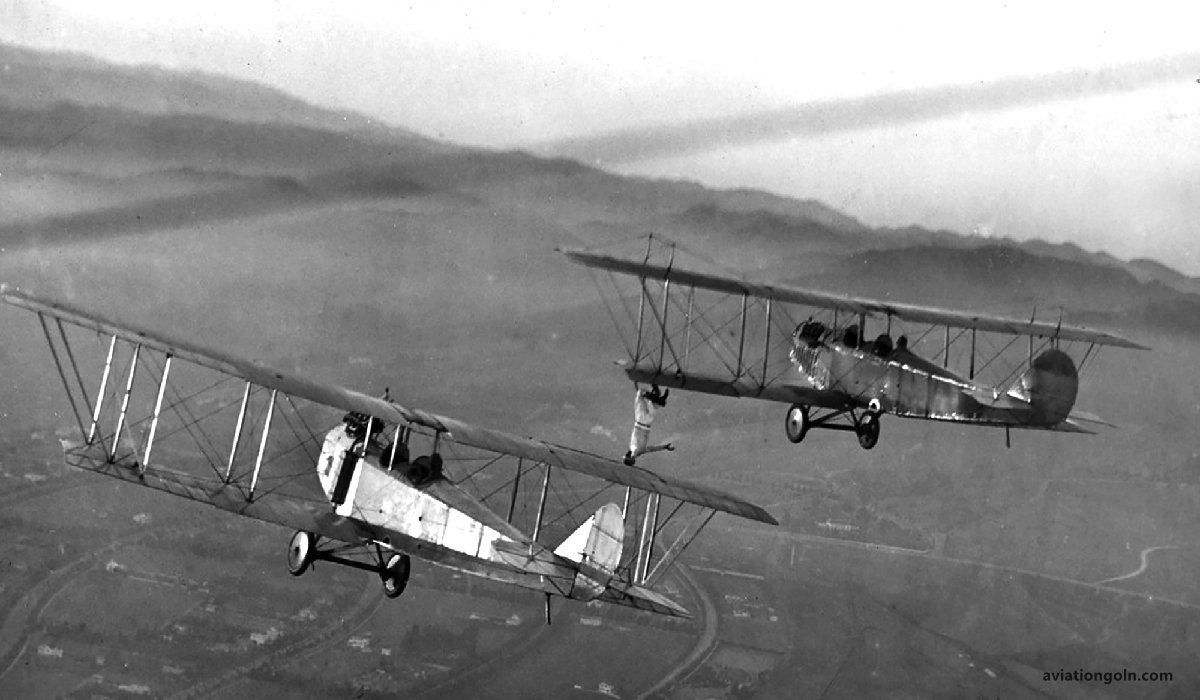
7. World War II and Technological Advancements:
World War II had a profound impact on aviation. The demand for superior air power led to rapid advancements in aircraft technology. Jet engines, invented independently in Germany and Britain, were introduced, leading to faster aircraft. The conflict also saw the introduction of long-range bombers and jet fighters.
Post-war, many military aircraft were repurposed for commercial use, leading to a boom in the airline industry.
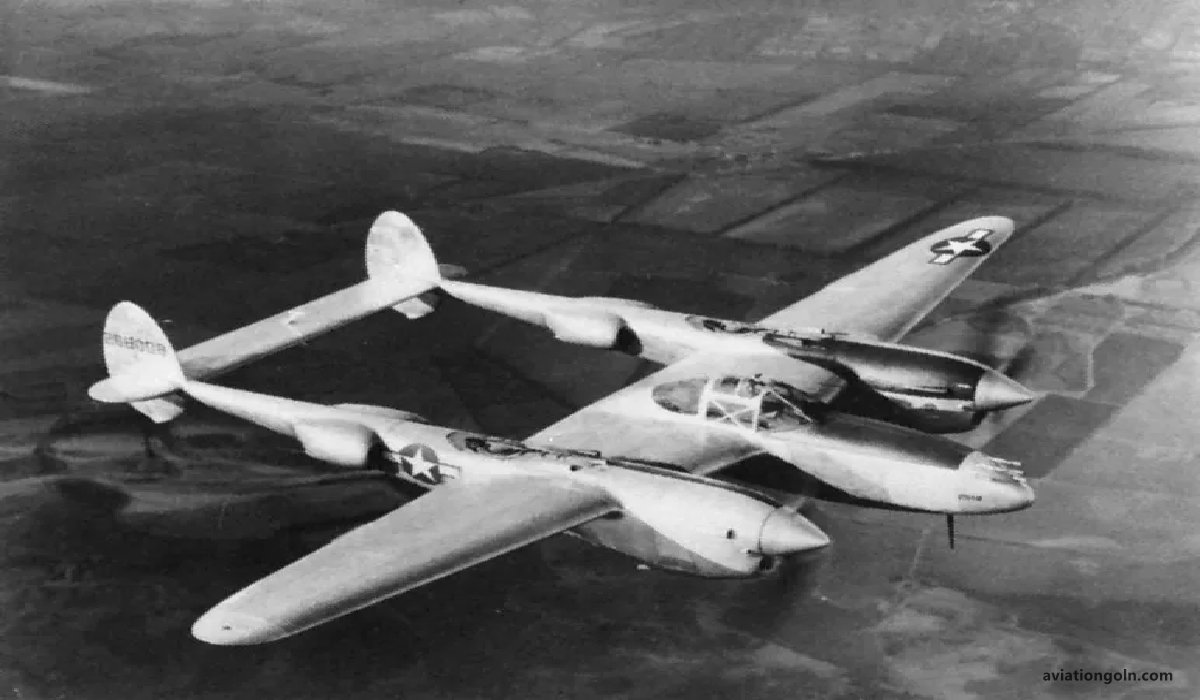
8. The Jet Age (1950s-1960s):
The post-war era saw the rise of commercial jet airliners, making air travel faster and more efficient. The Boeing 707 and the Douglas DC-8 were among the first successful commercial jets, reducing flight times and making long-distance travel more feasible.

9. The Space Age:
The race to space in the late 1950s and 1960s was, in many ways, an extension of aviation’s trajectory. The launch of Sputnik by the Soviet Union in 1957 and the subsequent moon landing by the US in 1969 showcased the ultimate frontier of flight – space.

10. Modern Developments and Challenges:
The late 20th and early 21st centuries have seen incredible advancements in aviation. We’ve witnessed the rise of massive commercial airliners like the Airbus A380 and the Boeing 777. There’s also been a growing interest in sustainable aviation, with research into electric and hybrid aircraft to reduce the environmental impact.
However, the industry has also faced challenges. Security concerns, especially post the 9/11 attacks in 2001, have significantly impacted air travel. Economic challenges, fluctuating oil prices, and recent global events like the COVID-19 pandemic have also posed significant hurdles.

From the humble beginnings of hot air balloons and gliders to today’s massive commercial airliners and the exploration of space, the history of aviation is a testament to human ingenuity, perseverance, and the relentless pursuit of progress. It’s a history marked by milestones and setbacks, heroes and pioneers. As we stand on the cusp of new frontiers, with discussions of commercial space travel and sustainable aviation solutions, the sky is not the limit but merely the beginning.
See more:
